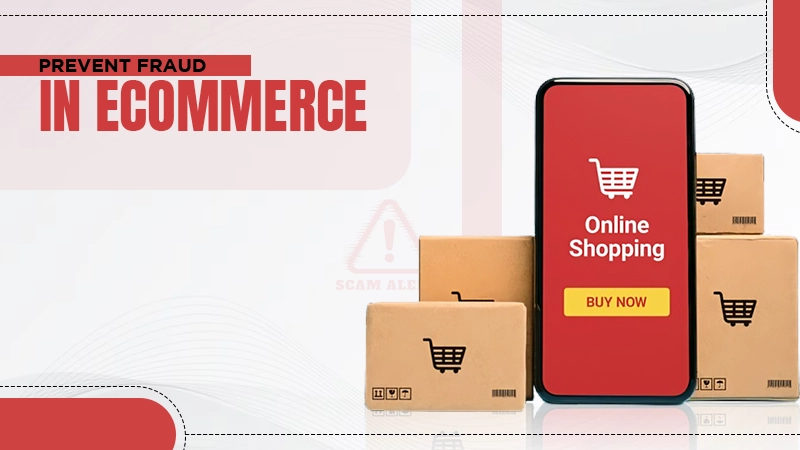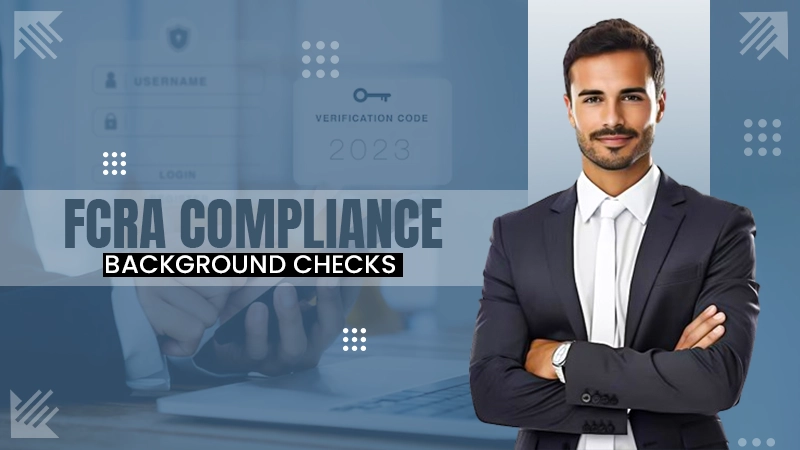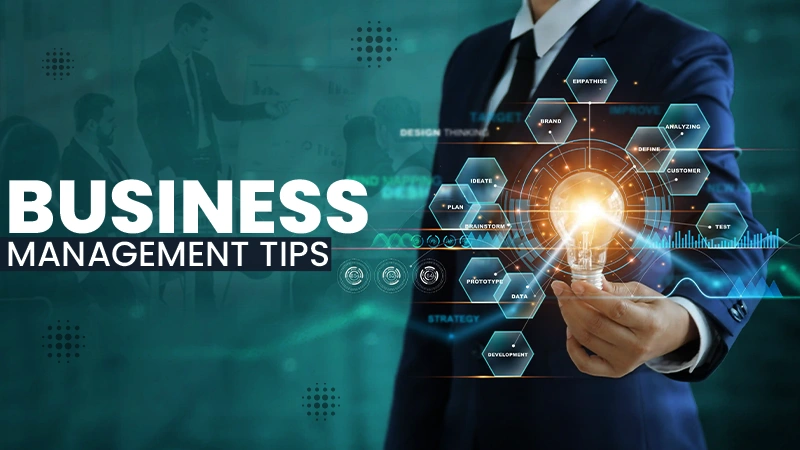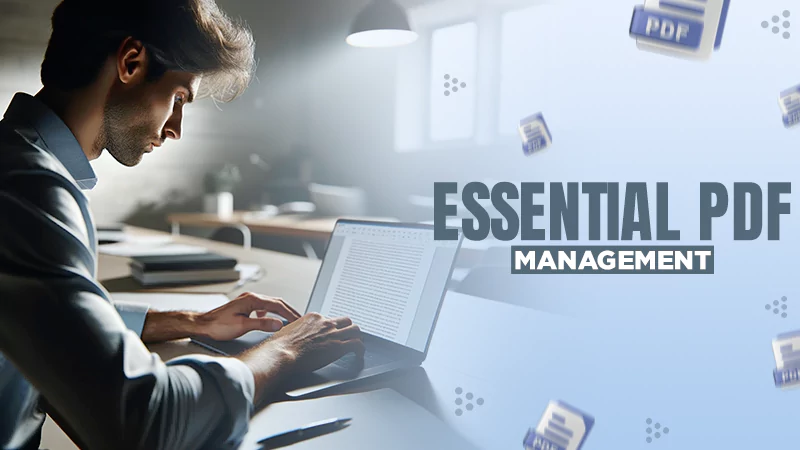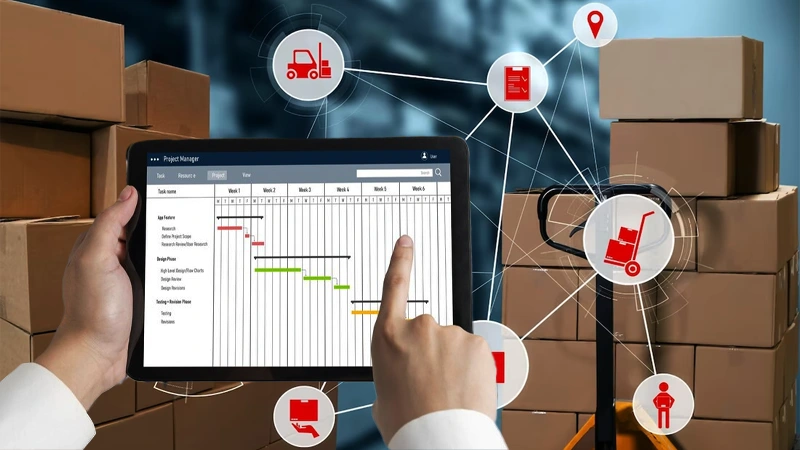GRC Software’s Game-Changing Role in Risk Management and Governance
Governance, risk management, and compliance (GRC) represent a modern integrated approach to managing broad organizational dangers holistically while ensuring accountability. However, executing effective GRC strategies presents immense challenges without the right technological tools.
This highlights the essential nature of the program solutions for enterprises aiming to establish robust frameworks to enhance resilience.
Let’s explore key drivers of escalating needs for dedicated platforms and how capabilities can prove game-changing, improving oversight, strategic planning, and operational protections.
The Importance of GRC Software in Risk Management
Companies today face many hazards that can hurt profits and reputation. Things like policy mistakes, cyber-attacks, fines, and supply chain problems. Dealing with them in separate silos leaves gaps. Companies suffer from crises they could have prevented.
Governance, Risk, and Compliance software brings it all together. This gives the full view companies need to spot issues early and prepare. It makes accountability and planning much stronger. Let’s see why businesses are adopting the mechanism to manage dangers boldly yet thoughtfully.
Why Scattered Efforts Fail
When these efforts are scattered, no single view exists across governance, security, compliance, policies, and more. This causes big problems, including:
- Breaches from gaps and confusion
- Not catching issues early
- Weak planning for crises
- Unclear ownership of risks
Rapid changes like remote work, shaky suppliers, and new regulations also bring uncontrolled threats. Uncertainty multiplies, but how companies handle it stays fragmented.
Powerful software fixes this by connecting everything. Data and duties integrate. Ownership and actions clarify. Efforts synchronize to see ahead.
The Rising Stakes of Scattered GRC
It becomes the risk command center, unifying previously separate groups. Exact features vary, but these solutions enable:
- Shared risk data in one place
- Configurable risk dashboards
- Automating monitoring tasks
- Full yet focused visibility
- Quick response plan activation
- Detailed activity audit trails
Convergence gives leaders more control. Cross-team transparency and accountability rise. Weak points get addressed before harm. This is revolutionary for resilience.
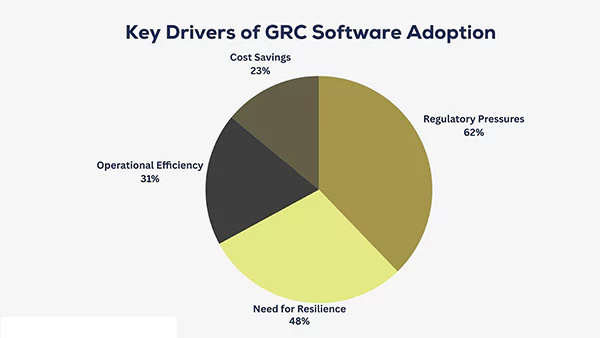
Disjointed efforts buried within individual departments or business units dilute accountability with unclear ownership. The lack of holistic visibility and poor communication flow surrounding risk management persists as core processes become digitally transformed piecemeal.
Implementing advanced GRC risk management software addresses these challenges by centralizing information, fostering collaboration, and providing a unified view of the organization’s danger landscape.
When things in a company are changing a lot, and we’re not sure what’s going to happen, it becomes even more influential to have special people who look out for the rules and threats.
Changes such as more employees working from home, supply chain issues, internal misconduct, and new regulatory requirements all contribute to increased and more challenges. We need a clear plan to deal with them. This mechanism aims to systematically address these challenges.
Centralizing Risk Management
Fundamentally, it consolidates previously scattered governance, risk management, and compliance activities into interconnected singular platforms promoting alignment. Core capabilities focus on:
- Central data repositories: Collect and integrate enterprise risk, policy, regulatory, vendor, and asset data to provide integrated views.
- Configurable dashboards: Present real-time visualizations of organizational risk postures tailored to stakeholders’ needs.
- Workflow automation: Streamline assessment, monitoring, and reporting via predefined templates and schedules.
- Cross-functional transparency: Grant universal visibility or need-to-know access, fostering collaboration and securing assets.
- Business continuity planning: Provide real-time crisis/disruption response protocols to keep operations running.
- Activity audit trails: Log all user actions, changes, approvals, and related evidence.
Converging traditionally disjointed GRC responsibilities into common systems is transformational, gaining holistic insights while eliminating redundant efforts and information gaps weakening coverage.
Accelerating Strategic Planning

Beyond bolstering daily risk operations, integrated its centralization powers more informed executive decision-making leveraging synthesized data.
Leaders can run extensive scenario analyses assessing potential strategic moves like:
- New market expansion
- Acquisitions
- Foreign operations
- Supply chain adjustments
- New products and technologies
- Cost optimization programs
Stress testing proposals against known enterprise hazards and tolerance thresholds allows for determining adequate preparations required before moving forward confidently on bold initiatives with minimized uncertainty.
Its platforms essentially become robust strategic planning engines, helping confidently identify and pursue growth opportunities, maximizing inherent organizational strengths against potential disruptions through proactive contingency development.
Focusing oversight awareness on uncertain trade-offs also encourages a healthier culture balancing prudent precautions and ambition: empowering innovation with safety nets.
Optimizing Cyber Risk Management
Cyber risks can be really dangerous for modern digital businesses, and we need big plans to protect imperative things like our assets and reputation.
Special tools, like Integrated solutions, help organizations manage digital risks in different ways:
- Rules for Everyone: Everyone in the company follows the same rules for keeping safe online. These rules are managed in one place by it.
- Knowing Everything We Have: It assists us in keeping track of all our computers, data, and other significant things we use. It sorts and organizes everything.
- Many Ways to Stay Safe: It supports us using different methods, like restricting access, using codes, and separating parts of the computer network. We also learn how to stay safe from online threats and plan for emergencies.
- How Much Risk is Okay: We decide how much cyber threat is okay for our company based on what’s primary to us. This facilitates us to make smart plans to stay safe.
- Getting Ready for Emergencies: We have plans in case something bad happens. It eases us to start these plans quickly.
- Following the Rules: Some businesses have to follow special rules about cybersecurity. It helps us make sure we’re following these rules.
Working together with different parts of the company, like security, IT, audit, legal, risk, and business, is very vital to stay safe from cyber perils.
Elevating Vendor and Supply Chain Assurance

(This graph shows the third-party risk management market, by region, in US$ Billion).
Third-party vendors and supply chain partners represent primary conduits to online threats that infiltrate enterprises internally, often circumventing perimeter defenses completely.
GRC software solutions expand visibility into extended networks while applying controls:
- Maintain supplier and vendor master databases centralizing relationship details and contractual terms.
- Automated vendor questionnaires assess digital risk management postures, dynamically feeding overall ratings.
- Multi-party workflow ensures procurement processes include mandatory cyber vetting gates before engagements.
- Ongoing vendor auditor functions to monitor and enforce performance obligations, minimizing partnership uncertainties proactively.
- Business continuity planning integrations invoke contingency protocols, keeping operations running during supplier disruptions.
Blocking threat paths via deeply interconnected partners is only possible with technology dissolving cross-organizational barriers, providing mutual transparency securing shared interests.
The Outlook for Comprehensive GRC
When businesses face big challenges like cyberattacks, it’s vital to stop using old ways of managing rules, and risks, and following the rules. Today, where everything is connected online, we need a better way to handle it all.
The GRC program is like a special tool that supports bringing together all the different efforts to understand and manage threats in a big company. This tool is indispensable because it aids the company in knowing its risks, using resources wisely to control problems, and making sure everyone is doing what they need to protect critical things.
While everyone in the company must understand and embrace this new approach, using the right technology serves as a powerful catalyst for significant progress. Companies that use these strong tools to manage hazards and follow the rules will do well and stay strong in the long run.
The Future of Risk Management
Fragmented governance, risk management, and compliance are fading fast. Business today is just too complex for silos and blind spots. Data connectivity provided by GRC software offers a proven path to 360 insights and protection.
While adopting it is not the only aspect needed to elevate resilience, it lays the groundwork. Leading companies integrate analytics into all decisions and cultures. This prepares them to turn volatility into opportunity.
Do You Know?
The GRC software market size was valued at $1211.77 million in 2022 and is projected to reach $1498 million by 2028, with a CAGR of 4.94%.
Conclusion
GRC software integration paves the path for data-driven resilience. As organizations navigate rising dangers, volatility, and disruptive forces, their analytics provide the intelligence not only to survive but to thrive.
Leading organizations are already utilizing the program as the bedrock for managing governance, risk, and compliance – gaining competitive advantage and shaping future regulatory environments aligned with their priorities. The GRC revolution is here, and now is the time to embrace it!
FAQs
Ans: GRC software helps companies manage risks and follow rules in one place. This makes it easier to spot and fix problems.
Ans: GRC software spots risks early before they become big issues. Fixing issues early costs less money than fixing big issues later.
Ans: No, good GRC software is made to be simple for non-tech workers. It has tools and wizards that guide you step-by-step.
Ans: Yes, workers can use GRC software on any device. This allows them to manage risks and compliance on the go.
Ans: All types of workers use GRC software: from managers to accountants to HR and more. It helps the full team work together on risks.



